Some good, new species to enjoy today …
I have seen, in my many years, a couple of lunar eclipses when the moon passes through the shadow cast by the earth onto the moon and have to say I was underwhelmed each time, possibly because if it’s not a full moon in a clear sky then it’s mostly a “Meh, that it? Fancy a beer?” moment. But last Monday we were able to be sitting in our garden, under a clear blue sky, when the real thing, a solar eclipse, passed right overhead. Admittedly we were on the edge of the track of “totality” where complete eclipsing of the sun only lasted about a minute whereas it would have been a bit over three minutes had we been in the centre of the track but, after 75 years waiting you take what you can get. Right?
Before we look at seasonal species and wildlife garden tasks - let’s look at the sun (not my photo, I didn’t want to burn out the sensor on my camera). Here is a link to a 90 second video published by the CBC of what we saw … even if it still doesn’t capture all the wow that seeing it with your own eyes produced. Just over 200 years before we get another run at this so the special eclipse-watching glasses have been safely stowed away in anticipation.
https://www.cbc.ca/player/play/9.4198922
Hepatica americana
The “round-leaved” Hepatica - native to this part of the world and finally, after years of care by J, blooming in the garden. A beautiful little flower … and one of the Ranunculaceae (buttercup) family. Also known as the American anemone but most gardeners just know it as simply “Hepatica”. The colored "petals" of hepatica are technically sepals. According to the US Forest Service it has a “subtle elegance”. A low-maintenance plant, but best grown in woodland places where it can remain undisturbed for years.
Witch’s Broom
Earlier in the week on my other Substack (“Whilst Out Walking”) I shared a picture of a rather splendid Witch’s Broom growing high up on a neighbouring tree. I promised to give some information about this structure today … here we go:
A Witch’s Broom is not, of itself, a distinct species - rather it is the product of the presence in a tree of a fungus or one of several other factors that locally disrupt the growth of a tree and produce a great proliferation of shoots with short internodes, looking like a bundle of twigs or witches broom. Causes can be fungo, mites; insects; viruses; mycoplasmas; bacteria; and even mistletoes. So the brooms are the tree’s response to an insult rather than anything else. This particular example is on a conifer and the causes in most cases are unknown apart from the rust brooms on species of firs. Infection by the fungal rust pathogen Melampsorella caryophyllacearum may be the cause.
The growths are ideal for some small birds to use as a place to build a nest and squirrels will burrow into them, also for nesting and sheltering purposes. Squirrels are certainly busy around this specimen.
Sanguinaria
Possibly my favourite of the many ephemera species has finally, a little earlier than usual, flowered. Last spring I prepared a descriptive graphic so fewer words are needed here …
Carpenter Bee
A Carpenter bee, possibly Ceratina calcarata, but as there are around 200 species of Ceratina that’s based on probability alone. This one was seen on one of the above Sanguinaria flowers. Very small, solitary bees that add to the productivity of a wide range of ecological and agricultural systems due to its wide range and abundance. An important, if mostly overlooked pollinator species. They nest in dead broken stems of pithy plants - so, don’t tidy your garden too assiduously because we need these little guys. Females typically disperse from the natal nest to establish new nests solitarily, although sometimes females will reuse their nest and can form cooperative colonies
A stunning display of self-absorption.
A few weeks ago I quoted in this newsletter, an encounter a writer had had alongside an abandoned and gradually re-wilding golf course. The author met a person who complained that there was now “ ... nothing here any more. It’s all just nature”. That post of mine produced the most response amongst my readers of almost anything I have shared. In the same light, because I truly cannot understand these people, I offer you this encounter - we will soon be welcoming back the northerly migrating warblers of spring but hope we will not be welcoming anyone of this ilk. The source is linked to below the Quote and is worth reading in full when you have time:
“On that sunny weekend morning, I stepped off the side of the trail and watched a cloud of warblers drift toward me. They were sallying back and forth, catching insects on the wing. The leading edge of the flock was closing in at 20 yards when I heard loud voices behind me. I knew my magic moment with the birds was about to be dispelled. Two women approached. I turned to say "hello" and expected them to make eye contact. But they were deep into the "he said, she said" conversation I hear everywhere. They passed by, their heads spinning with human affairs, disconnected from the beauty around them. They plowed through the fluttering warblers, who parted at their approach, filling the air like animated confetti glistening in the sun before settling back down behind them. I was amazed. They did not even look at the birds. This was a stunning display of disconnection, disinterest, and self-absorption.”
Meanwhile, back at the eclipse …
From the Globe & Mail, who clearly are prepared to chance their cameras - I wasn’t going to risk burning out my expensive camera image sensors. Pretty much what we enjoyed though
(Confession - not “our” eclipse … this one was seen in Argentina about four years ago.)
The eclipse was remarkable and I know that I will never see such again - I am happy that we enjoyed it from the peace of our garden in the company of birds and squirrels. Watching the gasping screaming crowds in parks shown on the TV news later in the day would have totally ruined the effect. Why cannot people appreciate the good and the awesome (that world applies here) things in the world with a degree of calm and quiet?
**This is most encouraging, another milestone passed this week - thanks everyone, keep sharing please …

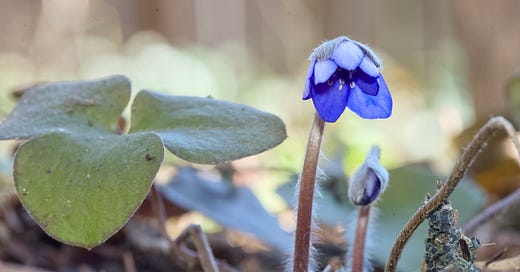





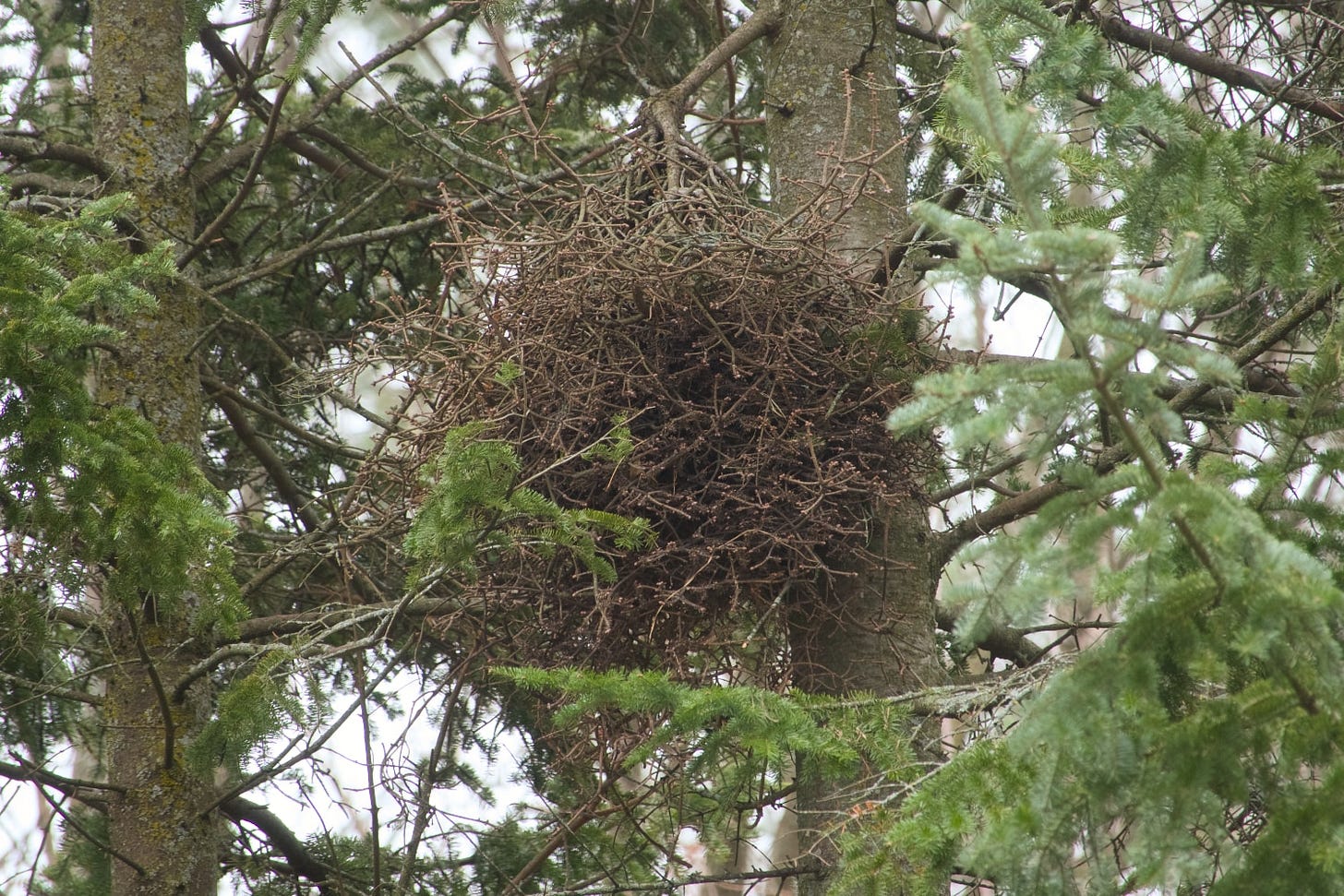

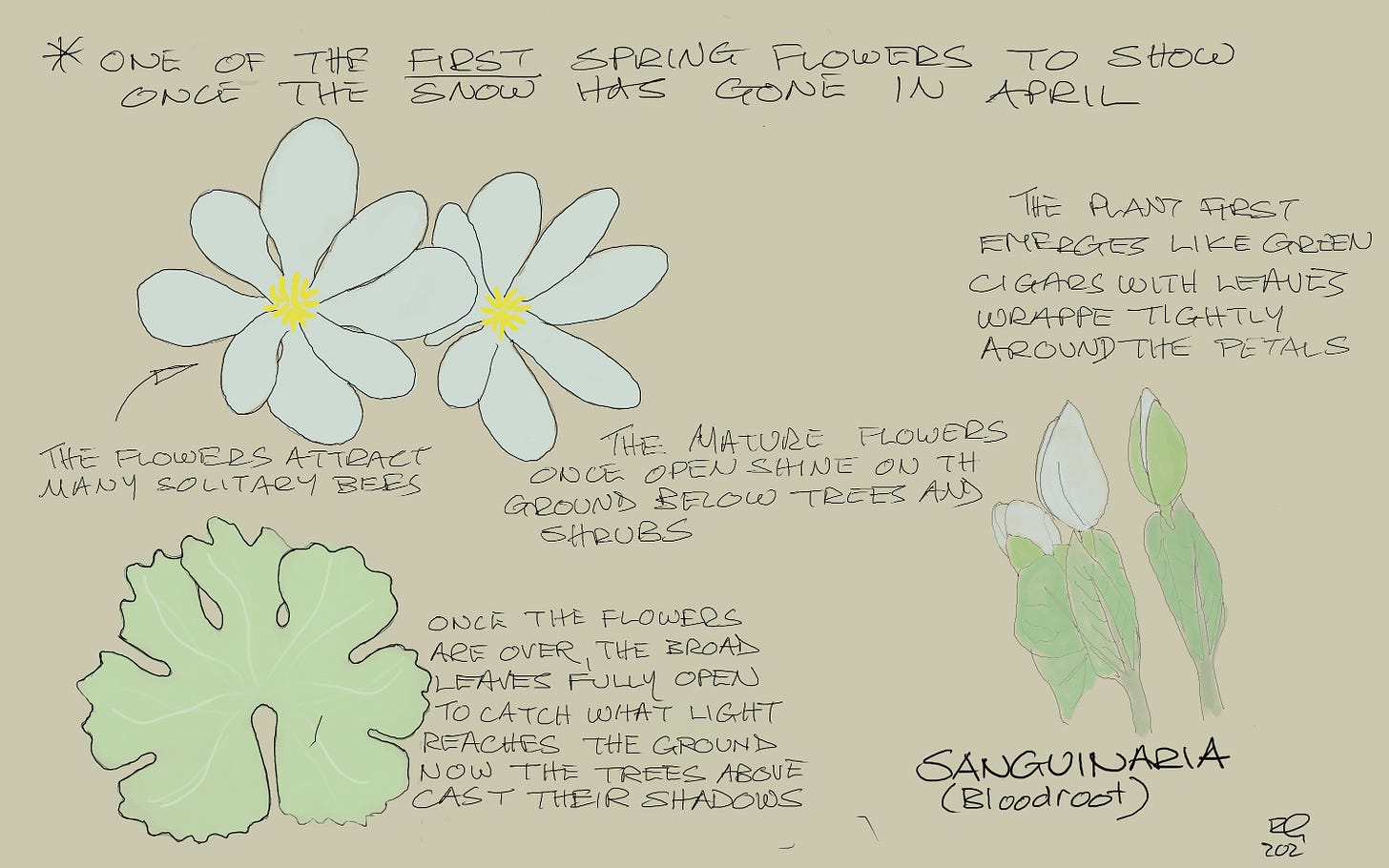
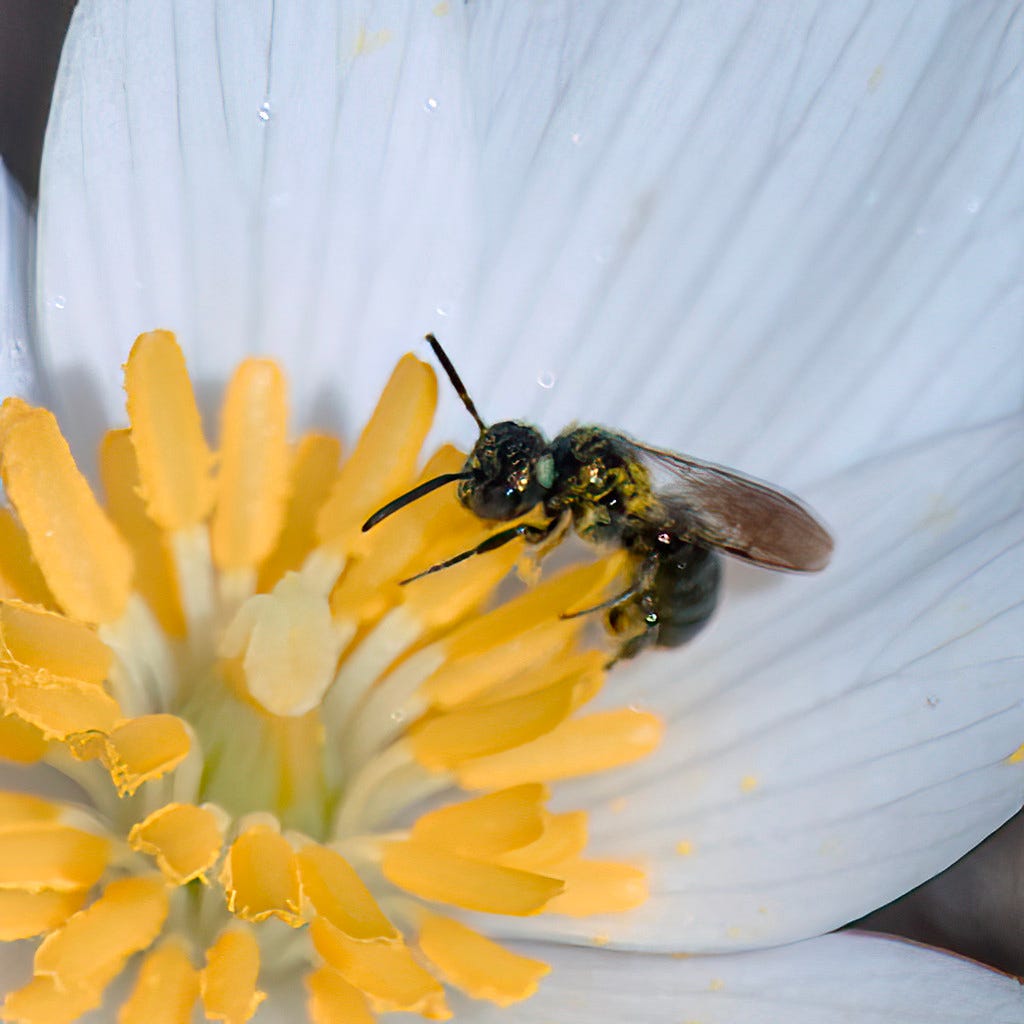


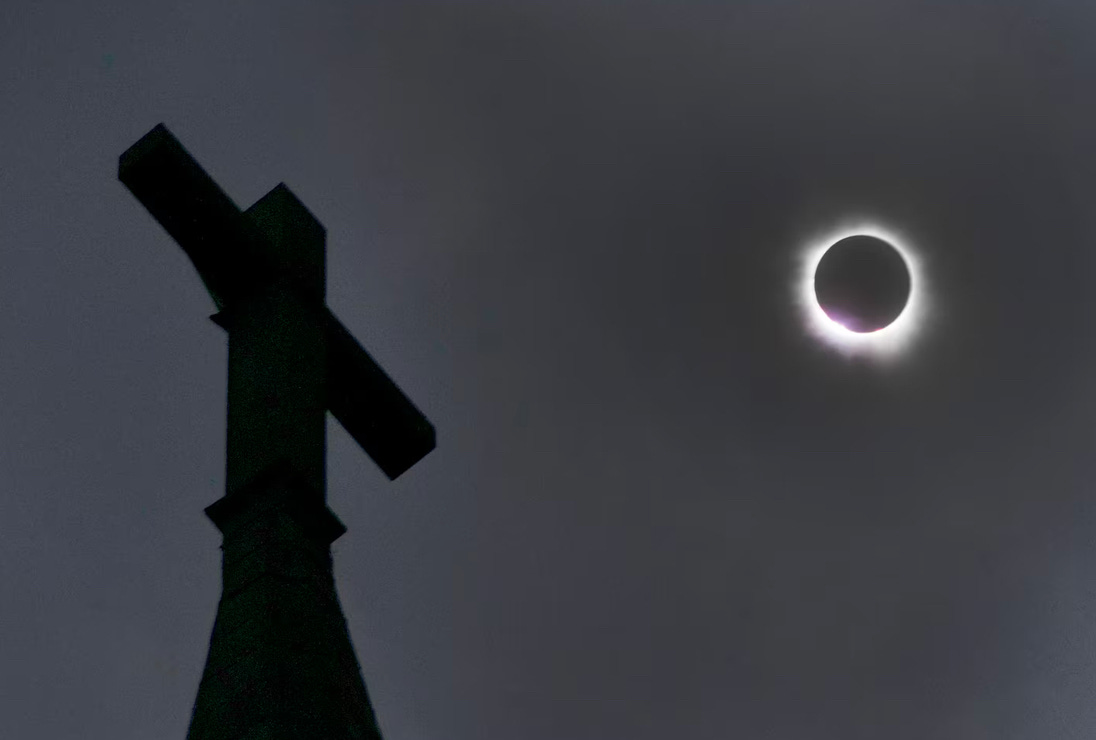
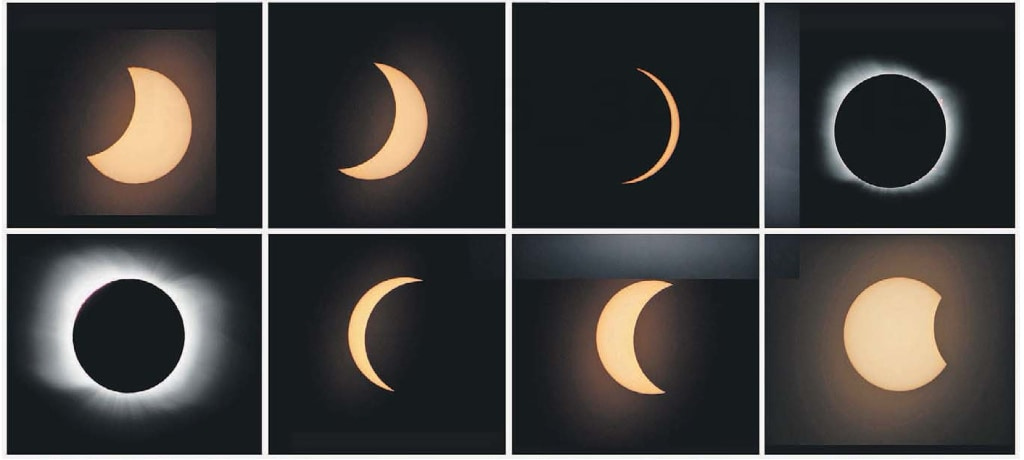

Terrific, especially on the Witch’s Broom